The Tampa Bay Buccaneers are currently scheduled to pick fifth in the first round of the 2019 NFL Draft. If they choose (and get the opportunity) to trade down, they will be the first team to do that from the five spot since…the Tampa Bay Buccaneers.
Tampa Bay also went into the 2012 draft with the fifth pick in hand but eventually made a small move down to number seven before making their selection. Three years before that, the Cleveland Browns had made a more aggressive move downward from that same spot, and prior to that it had been a decade since any team at number five accepted a deal from a club moving up.
In fact, trades from the fifth-overall draft pick have not been particularly common. The first NFL draft was held in 1936 and the first record of a traded pick came in the 1947 "selection meeting." The first time the fifth-overall pick was reportedly traded was in 1968, two years before the AFL-NFL merger. There have been only 10 more since.
Could the Buccaneers make it an even dozen trades from the fifth slot this year? It's not hard to envision a scenario in which General Manager Jason Licht is fielding calls from multiple teams, possibly in an effort to secure one of the top quarterbacks. In a draft loaded with defensive talent, the Buccaneers may find they can make a modest move down and still get one of their top targets. At the NFL Scouting Combine in late February, Licht said this about the fifth pick: "If anyone wants it, we'd certainly listen."
So, what would such a trade look like? As we've already noted, there's not a ton of historical precedence for a move down from number five, but that limited evidence does offer some insight.
Of the 11 previous deals involving the fifth-overall pick, only five have been of the variety we're contemplating for the Bucs: a move to a lower pick executed while the draft is in progress. The others have been different sorts of deals, such as when the Atlanta Falcons moved up from the fifth pick to the top spot in 2001 in order to get quarterback Michael Vick. In some cases, the team trading the fifth pick didn't even know it would be number-five when the deal was sealed; obviously, those were swaps involving future first-round picks.
This week, we're going to study the five relevant deals, one each day. We'll look at the value the team trading down received, how each deal worked out for both teams and what the Buccaneers could learn from those transactions as they contemplate a possible trade down this year.
View photos of Lance Zierlein's latest mock draft.

1 - Arizona Cardinals - Kyler Murray - QB

2 - San Francisco 49ers - Nick Rosa - Edge

3 - New York Jets - Josh Allen - Edge

6 - New York Giants - Quinnen Williams - DT

5 - Tampa Bay Buccaneers - Devin White - LB

19 - Tennessee Titans - D.K. Metcalf - WR
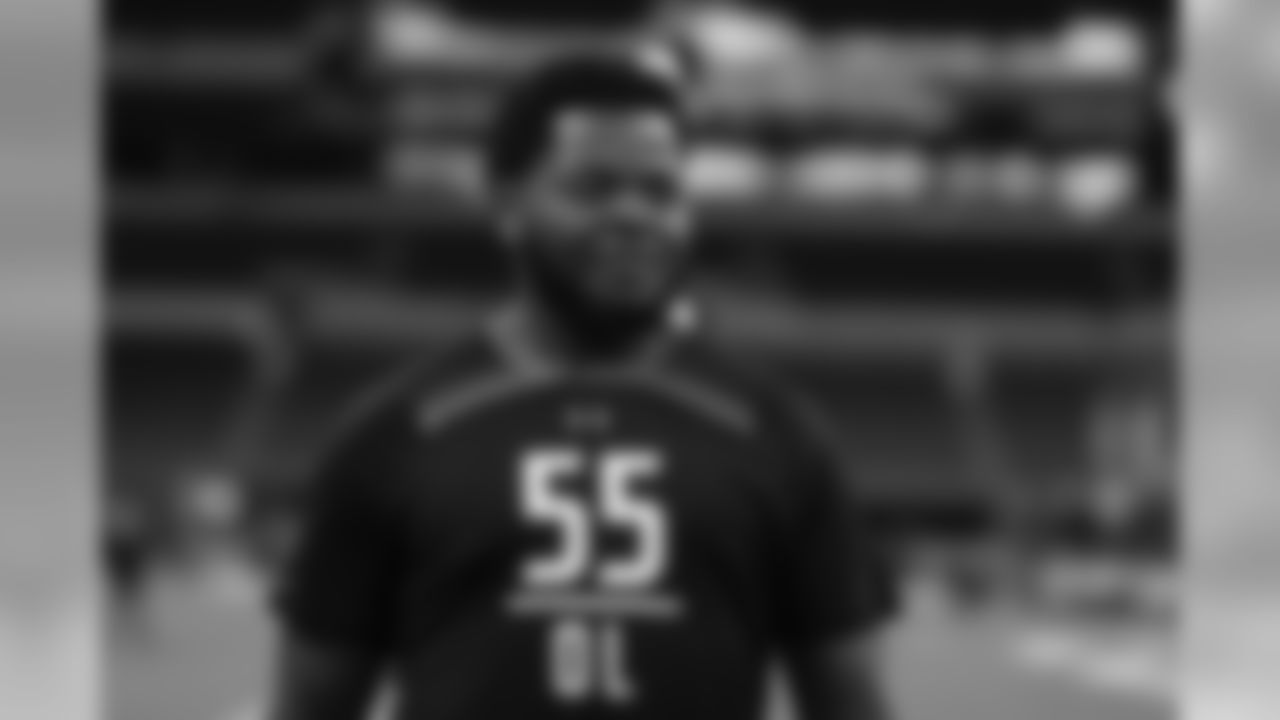
7 - Jacksonville Jaguars - Jawaan Taylor - OT

8 - Carolina Panthers - Montez Sweat - Edge

9 - Buffalo Bills - Andre Dillard - OT

10 - Denver Broncos - T.J. Hockenson - TE

11 - Cincinnati Bengals - Devin Bush - LB

14 - Atlanta Falcons - Ed Oliver - DT
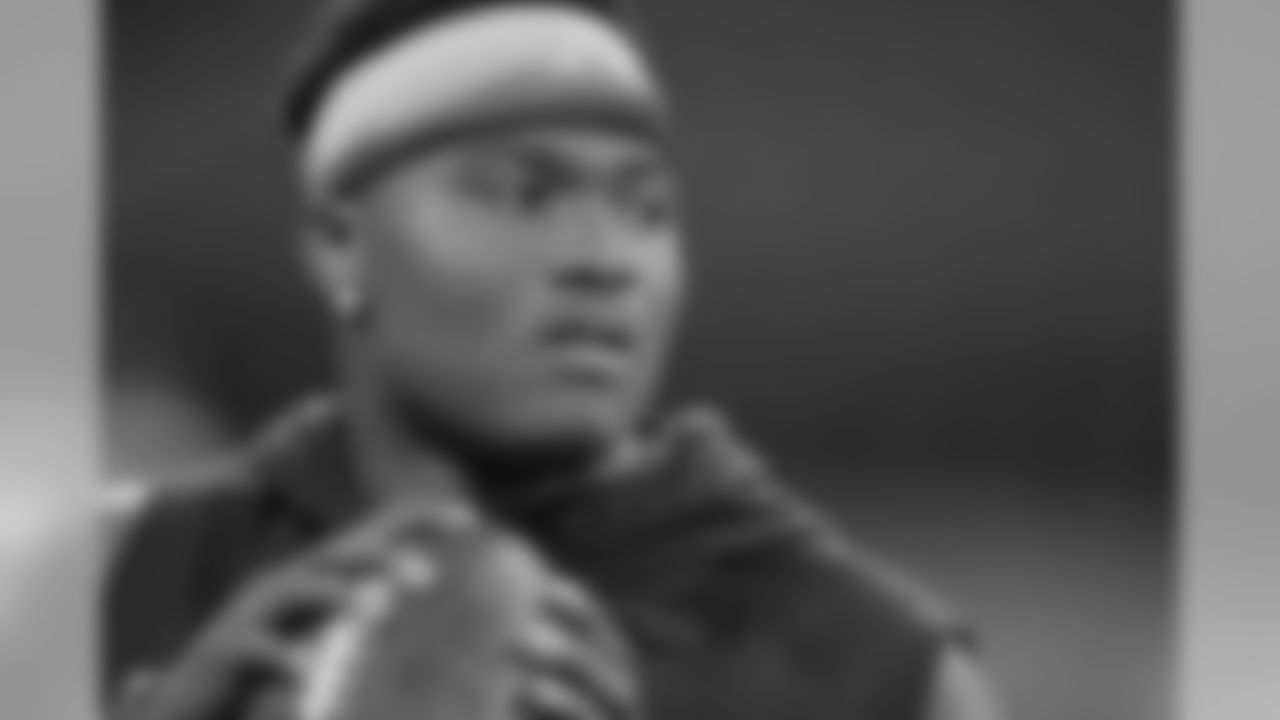
13 - New York Giants - Dwayne Haskins - QB

4 - Oakland Raiders - Rashan Gary - Edge

15 - Washington Redskins - Greedy Williams - CB

18 - Minnesota Vikings - Jonah Williams - OL

32 - New England Patriots - Drew Lock - QB

12 - Green Bay Packers - Cody Ford - OT

19 - Tennessee Titans - Noah Fant - TE
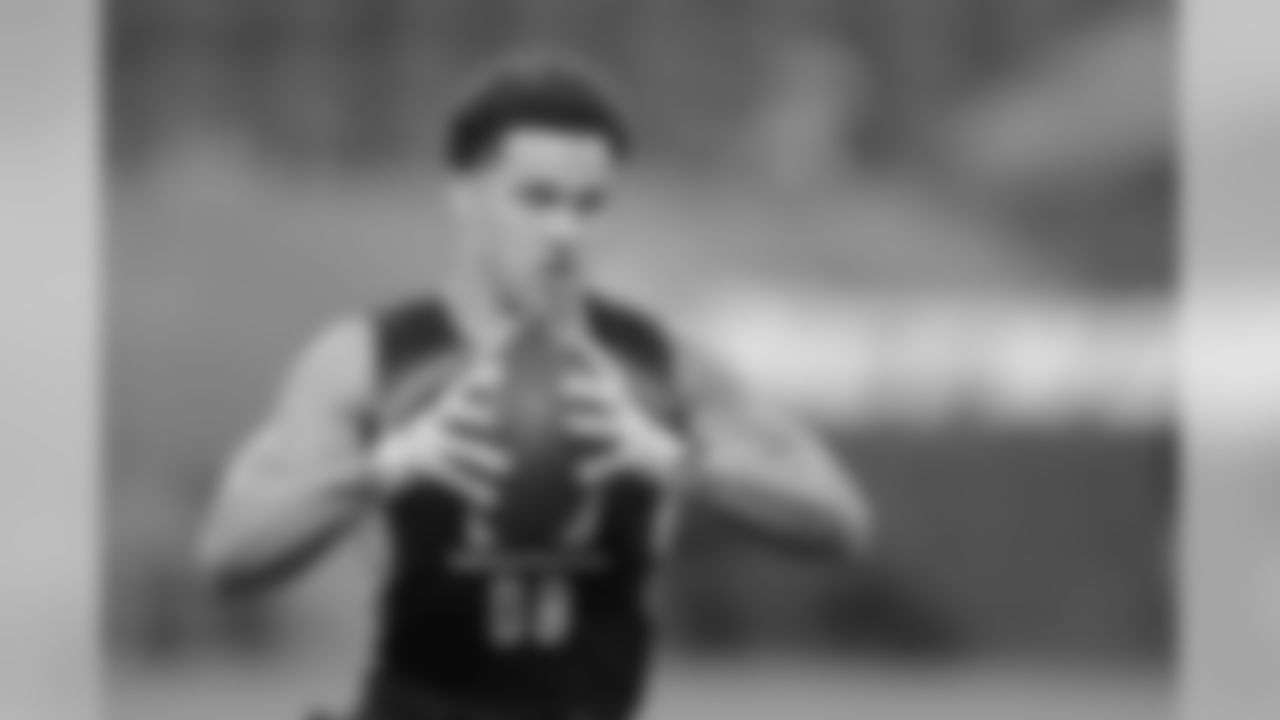
20 - Pittsburgh Steelers - Byron Murphy - CB

21 - Seattle Seahawks - Brian Burns - Edge

29 - Kansas City Chiefs - Garrett Bradbury - C
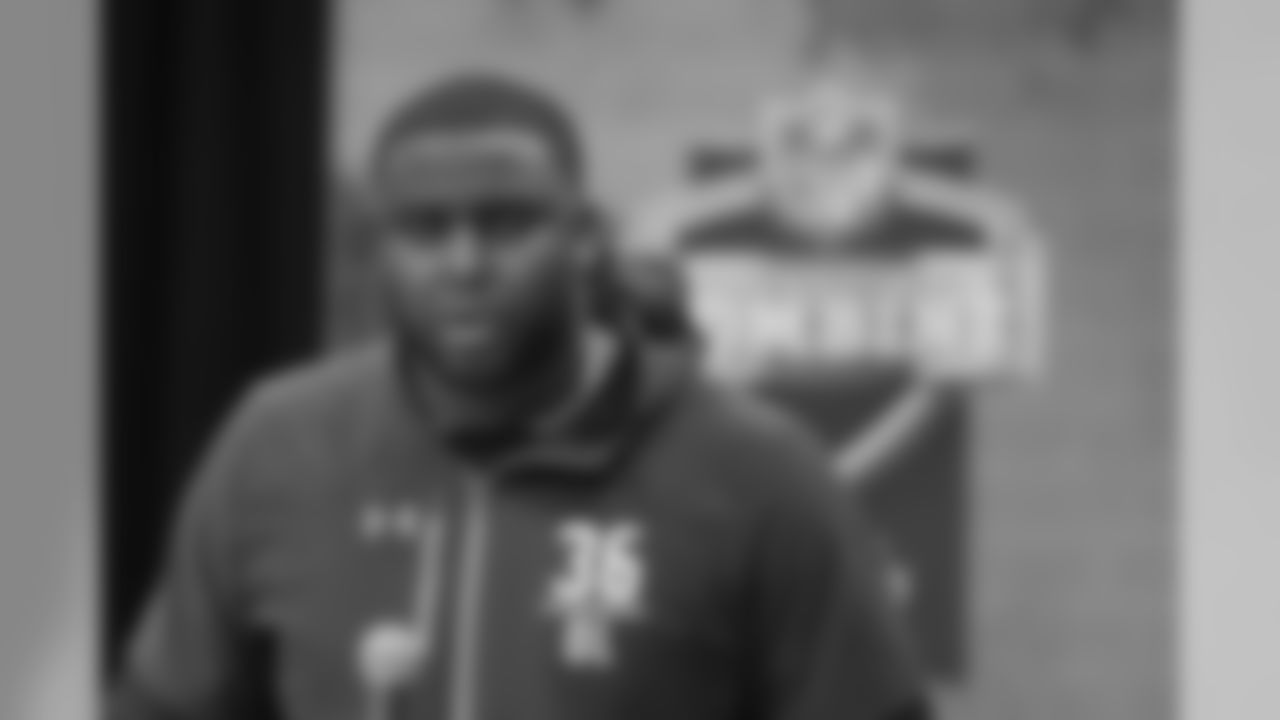
22 - Philadelphia Eagles - Greg Little - OT

15 - Washington Redskins - Clelin Ferrell - Edge
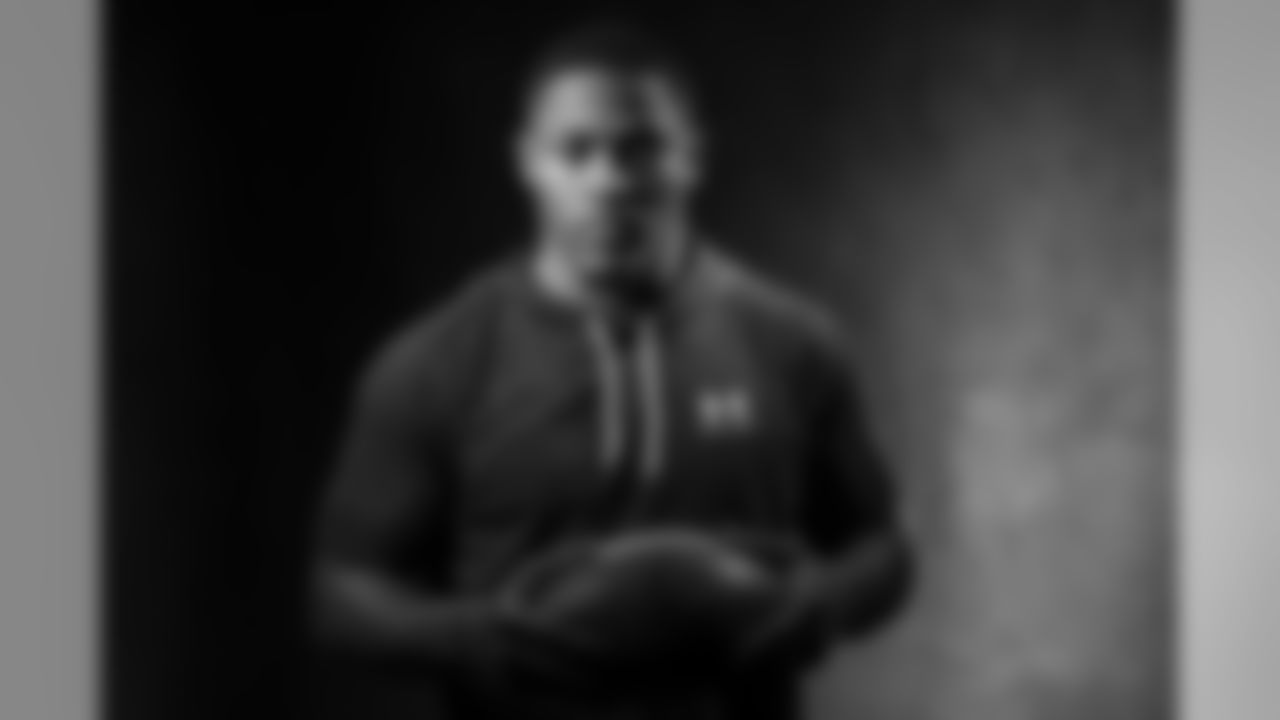
25 - Philadelphia Eagles - Josh Jacobs - RB
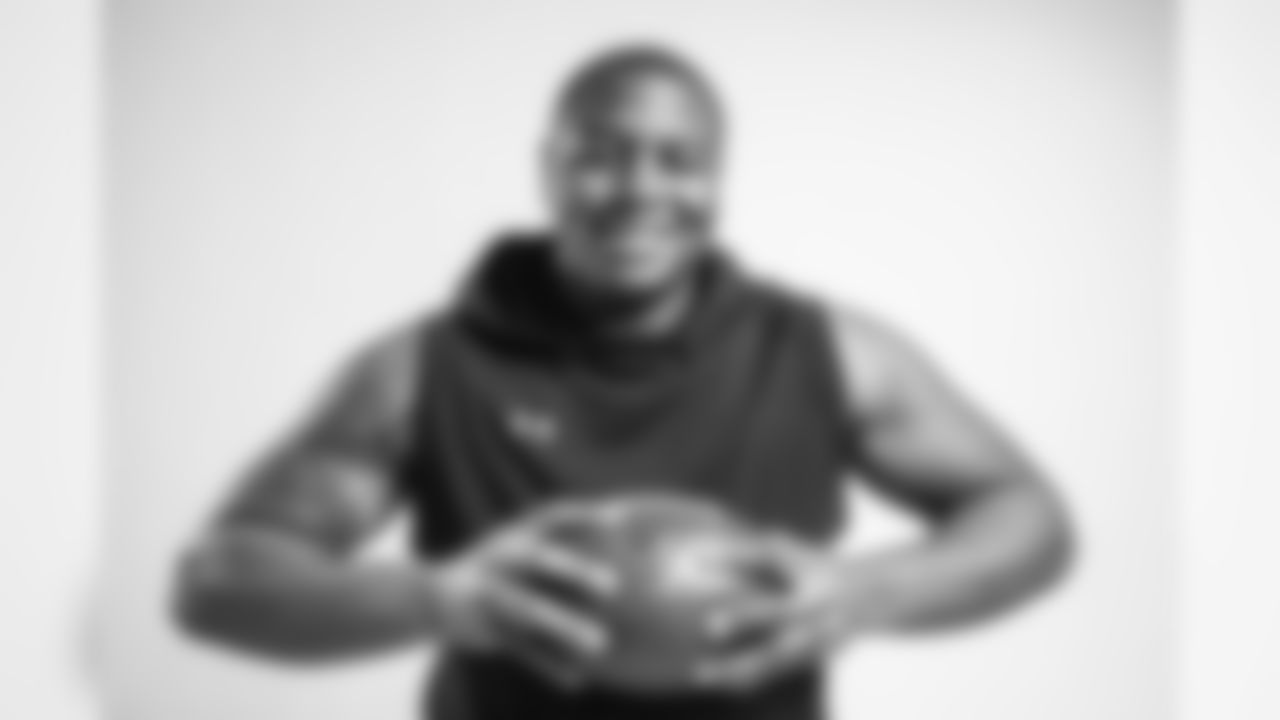
27 - Oakland Raiders - Dexter Lawrence - DT

27 - Oakland Raiders - Dalton Risner - OL

28 - Los Angeles Chargers - Kaleb McGAry - OT

16 - Detroit Lions - Deandre Baker - CB

26 - Indianapolis Colts - A.J. Brown - WR

17 - Miami Dolphins - Christian Wilkins - DT

32 - New England Patriots - Jeffery Simmons - DT
Scroll down to go directly to the first of those five trades, the one made by Tampa Bay seven years ago. First, for the record, here are the other six deals involving the fifth-overall pick that do not fit into our analysis:
1. In 2016, the Los Angeles Rams traded up from the 15th-overall pick to the top spot in order to take quarterback Jared Goff. This deal, which was worked out with the Tennessee Titans two weeks before the draft, included picks in both the 2016 and 2017 drafts. In addition to the swapped first-rounders, the Rams gave up one second-round pick and two third-round picks in 2016 plus a first and a third in 2017 and got back fourth and sixth-round choices in 2016. That 2017 first-rounder that the Titans received turned into the fifth-overall pick, which they used on wide receiver Corey Davis.
2. In 2001, the Falcons traded with the San Diego Chargers to get the top spot, which they used on Vick. San Diego moved down to number five and took future Hall-of-Fame running back LaDainian Tomlinson. The Chargers also got a 2001 third-round pick and a 2002 second-round pick plus wide receiver/kick returner Tim Dwight in the deal.
3. In 1999, the Falcons gave their 2000 first-round pick to Baltimore in order to get a second-round pick that they used on tight end Reggie Kelly. Kelly played 12 years in the league (four in Atlanta) but had just 195 receptions in 184 career games. The Falcons, who had lost in the Super Bowl the previous year, plummeted to 5-11 and that first-round pick ended up being the fifth-overall selection in 2000. Baltimore used it on running back Jamal Lewis, who helped them get to the Super Bowl that year, and win it.
4. In the sort of deal you're not likely to see anymore, the Cincinnati Bengals traded up from number five to the top spot in 1995 to draft running back Ki-Jana Carter. The trade partner was the Carolina Panthers, an expansion team dealing what would have been the first college draft pick in franchise history. Carolina got Cincinnati's second-round pick in the deal and then chose quarterback Kerry Collins at number five. Carter's career was derailed by injuries.
5. At midseason in 1981, the Chargers traded Fred Dean to the San Francisco 49ers in exchange for a second-round pick in the 1983 draft. The deal also involved an unusual provision: It gave San Diego the option to swap first-round picks with the 49ers in that same '83 draft. The Chargers exercised that option when the 49ers ended up fifth and San Diego was 22nd.
6. The first instance of the fifth-overall pick being traded was a simple one: The Green Bay Packers traded 31-year-old Hall of Fame-to-be fullback Jim Taylor to the New Orleans for the Saints' 1968 first-round pick. That ended up being number five, which the Packers used on linebacker Fred Carr. Carr played 10 seasons in Green Bay and made three Pro Bowls; Taylor retired after just one year in New Orleans.
**
Trade #1: Buccaneers Move Down Two Spots in 2012
The Trade: Tampa Bay sends the fifth-overall pick to Jacksonville for the seventh-overall pick plus Jacksonville's fourth-round pick, which was number 101 overall.
Trade Value: There are two "trade value charts" in common use, both of which assign specific numeric values to each spot in the draft through, declining in value from pick #1 to #224. The first is commonly known as the Jimmy Johnson Chart because it was developed by Johnson and the Dallas Cowboys in the early 1990s. It assigns a value of 3,000 points to the first-overall pick, 2,600 to the second and so on, with the values dropping steeply. The last pick in the first round, for instance, is valued at 590 points.
The second chart was developed by Chase Stuart of Football Perspective in 2012. While Johnson and his crew devised their original chart with a relatively arbitrary system, Stuart attempted to come up with values using empirical evidence of what those draft spots had provided in the past. Stuart's chart begins with a value of 34.6 points for the first overall pick and, obviously, doesn't decline as rapidly. For each of these trades, we'll look at how close the two teams got to swapping equal value, as determined by the two charts.
The difference between the fifth and seventh overall picks is 200 points on the Johnson chart and 2.1 points on the Stuart chart. The 101st pick gained by the Bucs is worth 96 points on the former and 5.2 on the latter, which means Tampa Bay's deal would be viewed as much more favorable by Stuart's method. On the Johnson chart, the Buccaneers gave up 1,700 points and got 1,596 back; on the Stuart chart they gave up 24.3 points and got 27.4 back. Either way, it's close enough that both teams would likely be satisfied.
Trade Results in the Draft: The Jaguars moved up those two spots in order to land wide receiver Justin Blackmon of Oklahoma State. The team Jacksonville leaped over in the deal was the St. Louis Rams, who had already moved down from the second spot a month early, dealing it to Washington, which was targeting quarterback Robert Griffin III. However, the Rams subsequently dealt that pick to the Dallas Cowboys, who took cornerback Morris Claiborne, a player many analysts had tied to the Buccaneers in their mock drafts.
The Buccaneers were not after Claiborne, however, and they made the move down two spots without losing their top target, safety Mark Barron. They did not end up using that extra pick they got from the Jaguars, but they did put it to good use. Before that same night was over, the Bucs would trade up five spots from #36 in Round Two to #31 in Round One to get running back Doug Martin. The cost was a fourth-round swap with Denver of that 101st pick for #126. Tampa Bay then used that fourth-round pick to move up 10 spots, from #68 in Round Three to #58 in Round Two, and select linebacker Lavonte David. That final trade also brought a seventh-rounder back to the Buccaneers, which they used on tight end Drake Dunsmore.
To summarize, after all the dealing was done, the Buccaneers had turned picks 5, 36 and 68 into picks 7, 31, 58 and 233 and used those picks on Mark Barron, Doug Martin, Lavonte David and Drake Dunsmore. The Jaguars turned picks 7 and 101 into pick 5 and drafted Justin Blackmon.
How it Worked Out: Though the Buccaneers didn't end up getting huge value out of Barron they still easily "won" this trade, in large part because off-field issues resulted in Blackmon being a complete bust for the Jaguars. He would play in just 20 NFL games. In addition, David has turned into a top-20 player in Bucs franchise history and Martin had two very good seasons sandwiched around injury issues.
Barron started 30 games over his first two seasons but didn't provide as many impact plays in the secondary as the team had hoped he would and he was traded to the Rams midway through his third campaign. The Rams eventually converted him to linebacker, where he played well enough to earn a lucrative second contract. Barron was released earlier this month but has already signed on with the Pittsburgh Steelers. He has had a good NFL career but too little of it came in Tampa to give the Bucs much credit for that first-round investment.
The rest of the machinations kicked off by that first trade can't really be used against the Jaguars in judging that trade's results, but they were pretty positive for the Buccaneers, and the pick gained in moving down two spots made it possible.
The Martin pick after the trade back up paid off right away as he exploded for 1,454 rushing yards, 1,926 yards from scrimmage and 12 total touchdowns as a rookie. Injuries limited him to 17 games and 950 rushing yards the next two seasons but he came back strong in 2015 with 1,673 yards from scrimmage to earn first-team All-Pro honors. That earned him a second contract with the Bucs, but after two more unproductive years he was released early in 2018 and hooked on with the Oakland Raiders.
The Bucs traded up late in the second round when a player they had coveted deeply, David, slipped farther than expected. That move and that pick is an unqualified success, as David is still going strong after seven great seasons in Tampa, including both All-Pro and Pro Bowl campaigns. So far, he has racked up 884 tackles, 21.5 sacks, 10 interceptions, 106 tackles for losses, 18 forced fumbles and 13 fumble recoveries. He is annually among the NFL's leaders in those last three categories.
Dunsmore made it onto the practice squad as a rookie and started a second offseason in Tampa but then elected to retire in May of 2013. Of course, the success rate for seventh-round picks is very low and, in fact, the 233rd pick is beyond what is even given value in either the Johnson or Stuart charts.
Lessons for the 2019 Buccaneers: Licht already knows what a small trade down can do for one's draft assets, having picked up two extra second-round picks from Buffalo last year in a trade down from #7 to #12. That's a five-pick move; a slide down of a couple spots from #5 would probably not net that much but could be worth a third-round pick. According to the Johnson chart, moving from fifth to seventh is worth a mid-third-rounder; from fifth to eighth is worth a low second-rounder; and from fifth to sixth is worth a late third-rounder.
It's also worth noting that the deal in 2012 was with a team that was targeting a wide receiver, where a club seeking a franchise quarterback might be willing to pay more of a premium for the same maneuver. When the Buffalo Bills were moving up to get quarterback Josh Allen a year ago, they first traded starting offensive tackle Cordy Glenn and a fifth-round pick to Cincinnati to jump up nine spots to #21. On the night of the first round, the Bills then made the trade that gave the Bucs two extra second-rounders. That's a lot of draft capital to get one player, but that's what teams will sometimes pay to get a quarterback.
Is there a possibility for such a move this year? The Giants pick one spot behind the Buccaneers and may indeed be in the market for a quarterback. Counterintuitively, teams will trade assets just to flip picks with a team they know is not after the same player, simply because making that trade prevents any other team from trading ahead of them. The Chicago Bears did just that two years ago, swapping the third pick for the second and taking quarterback Mitch Trubisky.
The Jacksonville Jaguars, who pick seventh, recently signed veteran quarterback Nick Foles to a very rich contract. They could still pair that deal with a rookie quarterback and try to groom him for the near future, but the size of Foles' deal makes it seem as if the Jaguars plan to stick with him for some time. Probably the next most likely team to be in the quarterback market is Denver at #10, and a move down of five spots is, as noted above, a bit of a different kind of math.
Thus, it seems most likely that another deal like the one Tampa Bay swung in 2012 – fifth down to seventh – or something very similar, is more likely to involve a team not seeking a quarterback. That would happen if the Buccaneers are in the same position this year as they were seven years ago, believing they can still get their targeted player after a short move down and willing to take the risk in order to add some useful draft capital.




































